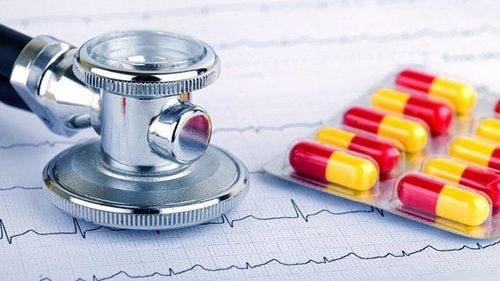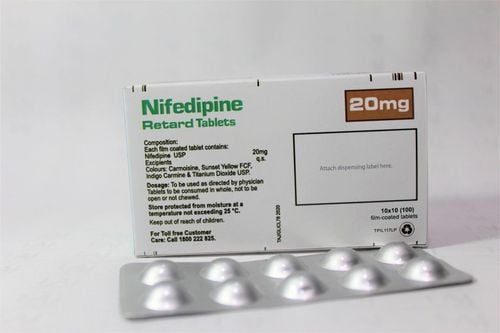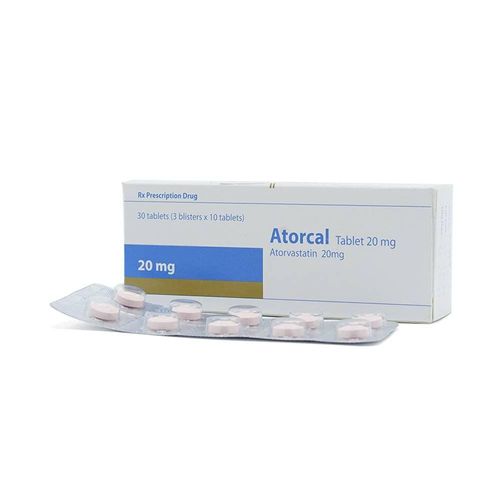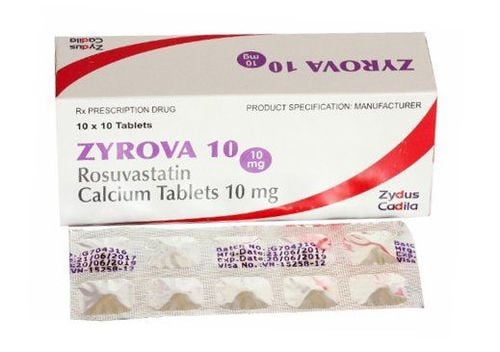This is an automatically translated article.
The article was written by the Doctor of Cardiology Interventional Unit, Vinmec Times City International General Hospital.Although recommendations vary on the optimal approach for coronary heart disease (BMV) screening, there are no professional association guidelines or consensus statements in favor of universal screening. The following examples of recommendations from key groups are illustrative of the proposed variable recommendations.
1. Recommendations for the general public
The United States Preventive Services Task Force (USPSTF) made two recommendations in 2018 regarding the use of a resting or exercise electrocardiogram (ECG) to screen for BMV:They recommend no routine screening of adults at low risk for CVD events. They concluded that there was insufficient evidence to recommend for or against routine screening in adults at risk for CVD events. The 2002 American College of Cardiology/American Heart Association (ACC/AHA) exercise testing guidelines reached a similar conclusion that there was little evidence to support routine stress testing in asymptomatic adults. They identified subgroups that could benefit from screening:
The guidelines conclude that the weight of evidence supports the assessment of asymptomatic patients with diabetes who plan to start a vigorous exercise program. Exercise testing may also be considered (although the weight of evidence is less definitive) in the following patient populations: Patients with multiple risk factors for CVD as a guideline for therapy reduce risk. Men over 45 and women over 55 are currently sedentary and plan to start a vigorous exercise program. The client is involved in a career related to public safety. Stress testing may also be considered in patients who have undergone electron beam computed tomography (EBCT) and have coronary calcium (CAC) scores above 75%. However, as noted above, EBCT is not recommended as a screening test for CAD in low-risk asymptomatic subjects.
2015 clinical guidelines from the American College of Physicians recommend against screening asymptomatic, low-risk adults at rest, stress ECG, echocardiography, or stress myocardial perfusion imaging. strength.
The American College of Sports Medicine recommends medical authorization before starting an exercise program based on current exercise participation; a history of cardiovascular, metabolic, or renal disease or signs or symptoms suggestive of any metabolic or renal disease; and desired exercise intensity. There are no specific recommendations regarding exercise treadmill testing and pursuing such testing is at the discretion of the medical provider performing the medical license.
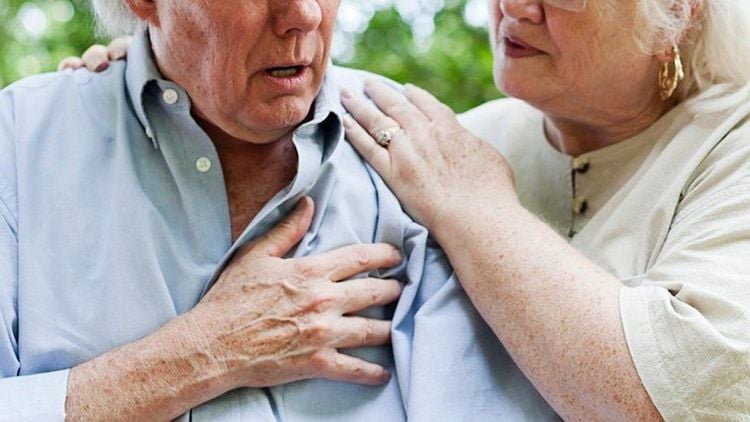
Mặc dù sàng lọc dường như để xác định bệnh nhân có nguy cơ gia tăng, có rất ít bằng chứng cho thấy việc sàng lọc như vậy thực sự cải thiện kết quả
2. Follow up with a positive screening test
Evaluation and subsequent treatment of persons who test positive for a screening test should be based on consideration of the patient's risk factors, occupation, cost-effectiveness, and clinical justification for any any intervention that may be recommended as a result of follow-up testing.Although screening appears to identify patients at increased risk, there is little evidence that such screening actually improves outcomes.
Patients with direct evidence of coronary heart disease (BMV) after screening (ie, abnormal anatomical findings of calcium score [CAC] or coronary computed tomography [CT]) should be considered is to have atherosclerotic disease and should be treated with atherosclerotic disease preventive measures. Patients with indirect evidence of CHD after screening (eg, electrocardiogram [ECG] or imaging evidence of ischemia after stress testing) may or may not have atherosclerotic CHD depending on on the diagnostic accuracy of the test performed and the likelihood of pre-existing CVD in the patient. The 2002 American College of Cardiology/American Heart Association (ACC/AHA) guidelines suggest that radiographic myocardial perfusion imaging or stress echocardiography can be used as a secondary test. two in asymptomatic patients with moderate- or high-risk Duke treadmill scores.
Stress ECG without laboratory imaging although scores have not been evaluated in asymptomatic patients. Because positive tests in asymptomatic patients are often false-positive, subsequent normal results on stress testing with imaging are generally considered more definitive and are often used to rule out BMV.
Although there are no prospective randomized trial data to support the use of CAC or CT coronary angiography in this setting (eg, a second test after a positive functional test in an asymptomatic individual). control), several trials mentioned the use of CT coronary angiography versus stress testing for the initial assessment of stable chest pain. CT coronary angiography appears to be superior especially in those at higher risk. Specific tracking strategies are tailored to individual risks and occupations.
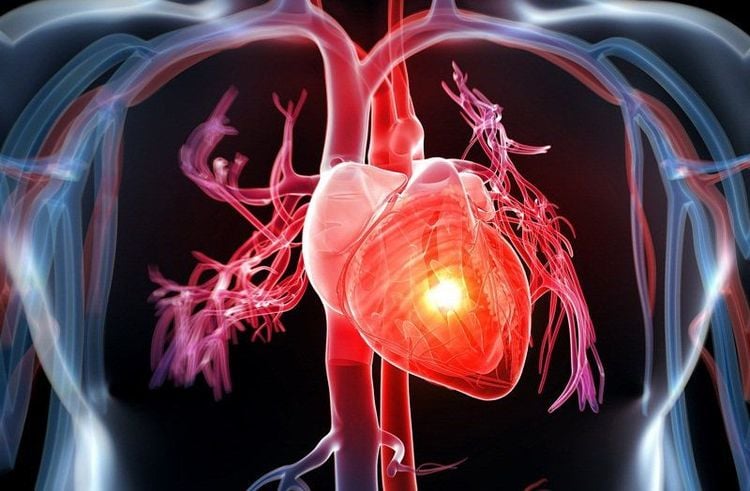
Sàng lọc BMV nên được phân biệt với ước tính nguy cơ mắc BMV
These factors have been taken into account in the American College of Cardiology/American Heart Association/Association of Cardiovascular Angiography and Intervention (ACC/AHA/SCAI) guidelines on percutaneous coronary intervention. (PCI) and ACC/AHA guidelines on coronary artery bypass grafting (CABG) in patients with asymptomatic myocardial ischemia.
Patients undergoing screening and found to have evidence of CMV should be treated with appropriate secondary prevention measures (eg, aspirin, aggressive blood pressure control, statin therapy, etc.) .
3. Summary and recommendations
With screening for any condition, the primary purpose of coronary heart disease (BMV) screening is to identify patients whose prognosis can be improved by intervention (in this case, intensive medical therapy). poles for risk factors or coronary revascularization). Screening for CAD should be differentiated from an estimate of risk for CAD (or overall cardiovascular disease). By definition, both are performed in asymptomatic individuals and both aim to improve outcomes with interventions, if indicated. However, CVD (or CVD) screening identifies existing disease, whereas CVD (or CVD) risk estimates do not directly determine current disease but rather the likelihood of any future events related to CKD. related to CVD (or CKD). Most asymptomatic patients undergo routine physical examination as part of routine care. A focused history and physical examination and collection of cardiovascular risk factors, along with an estimate of the short- and long-term risk of CVD, should be part of any screening for with BMV. For asymptomatic low- to moderate-risk patients, we do not routinely perform electrocardiogram (ECG) screening, stress testing, or coronary angiography. Select asymptomatic adult patients with 10-year or median increased CVD risk who may undergo coronary artery calcium (CAC) scoring to guide discussion of the risks of statin therapy. BMV screening candidates are typically members of one or more "special populations" in which a CMV event may pose a unique or additional risk beyond those in the average population, including competitive athletes and those with high-risk occupations, engaged in or occupational public safety, or those at particular high risk. Approaches to screening for CAD in patients with diabetes are presented separately. Evaluation and subsequent treatment of persons who test positive for a screening test should be based on consideration of the patient's risk factors, occupation, cost-effectiveness, and clinical justification for any any intervention that may be suggested as a result of follow-up testing.
Cách tiếp cận sàng lọc BMV ở bệnh nhân tiểu đường được trình bày riêng
Please dial HOTLINE for more information or register for an appointment HERE. Download MyVinmec app to make appointments faster and to manage your bookings easily.




